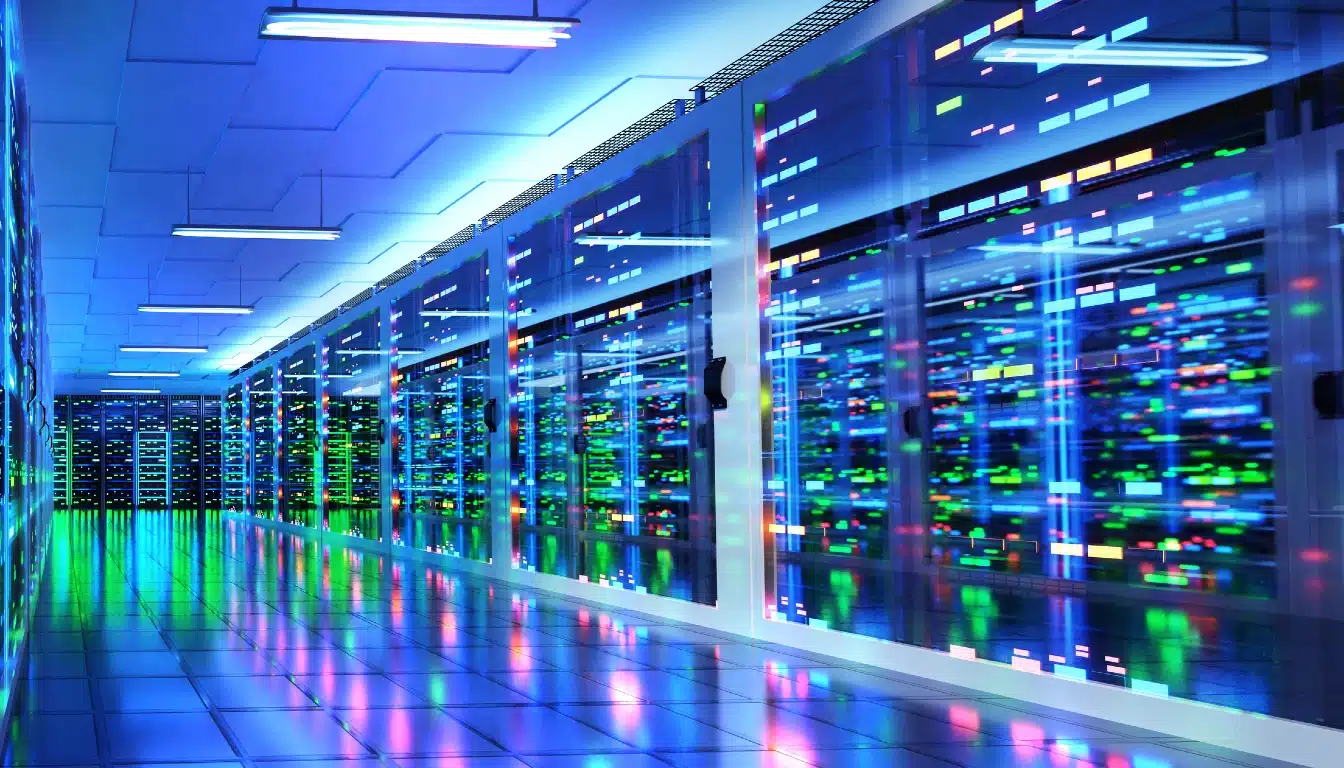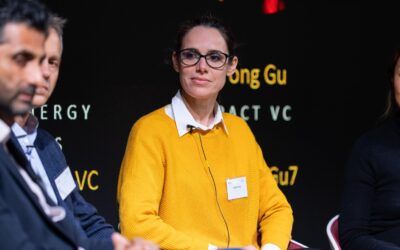Opinion by Jaap Bastiaansen, Nexus Climate.
As generative AI cements its role at the heart of the global economy, data centres must expand at break-neck pace—yet the industry faces a stark choice: deliver immense compute power and stay within ever-tighter carbon and water constraints. Data centres today consume around 1–2 % of global electricity, and that share could more than double by 2030 as AI training workloads surge. The paradox is clear: building the digital infrastructure that drives growth cannot come at the expense of our climate and water security.
Gulf’s AI Super-Nodes: Scale Meets Sustainability
In late May 2025, Abu Dhabi’s G42 and the UAE leadership unveiled Stargate UAE, a 10-square-mile, 5 GW campus slated to host 100 000 Nvidia Blackwell GPUs from 2026. Designed around a blend of Barakah’s nuclear baseload, vast Al Dhafra solar fields and advanced liquid-cooling systems targeting a PUE (power-use effectiveness) below 1.15, Stargate aims to prove that hyperscale can be both powerful and planet-friendly. Crucially, U.S.–UAE export-control agreements will govern the supply chain, ensuring security even as capacity scales.
Meanwhile, Khazna Data Centres is commissioning 60 MW of modular, AI-optimised halls in Abu Dhabi that employ adiabatic free-cooling and low-embodied-carbon materials. In Dubai, Moro Hub’s 100 MW facility—already certified by Guinness World Records as the world’s largest solar-powered data centre—draws every watt from the Mohammed bin Rashid Solar Park, showing how regional operators can tap abundant sunlight to power the digital economy.
Nuclear & SMRs: Anchoring the Clean Grid
While solar and wind can meet daytime peaks, true 24/7 reliability demands firm, zero-carbon baseload—and nuclear is delivering just that. The UAE’s Barakah plant, with its four APR-1400 reactors, now generates roughly 40 TWh per year—about 25 percent of the nation’s electricity—stabilising the grid and absorbing variability from renewables.
Looking ahead, Gulf governments and data-centre developers are reserving sites and fast-tracking regulations for small modular reactors (SMRs). Designs like GE-Hitachi’s BWRX-300 promise 300 MW blocks that can be factory-built, shipped and installed with minimal on-site construction. At the same time, Kairos Power’s fluoride-salt SMR is pursuing corporate offtake agreements in North America and Europe—proof that data-centre operators value 24/7 clean power. By locking in SMRs alongside solar farms and battery storage, Gulf AI campuses can guarantee uninterrupted, net-zero electricity long after the sun has set.
Africa’s Renewable-First Data Centre Boom
Across Africa, operators are leapfrogging legacy, carbon-heavy builds in favour of renewable-first campuses designed for rapid, sustainable scale-up. Africa Data Centres—part of Liquid Intelligent Technologies and backed by UAE sovereign investors Mubadala and ADQ—has integrated multi-megawatt solar arrays, microgrid-grade battery buffers and high-efficiency evaporative and liquid-cooling systems into new sites from Nairobi to Lagos. Meanwhile, Raxio Group, supported by a US $100 million IFC facility and co-investment from Abu Dhabi’s G42, is rolling out carrier-neutral data centres in Ethiopia, Ghana, Tanzania, Senegal, Uganda and Zambia, each engineered from day one to run on renewables and to recirculate waste water for cooling.
Complementing these home-grown efforts, the Microsoft–G42 partnership has earmarked US $1 billion for a geothermal-powered Azure region in Naivasha, Kenya—slated to go live by 2026—that will anchor hyperscale AI workloads on firm, baseload renewables. This “green by default” strategy not only accelerates Africa’s capacity growth but also positions the continent as a global standard-bearer for low-carbon, water-wise data-centre design.
Strategies for a Net-Zero, Net-Water Future
Achieving both net-zero and net-water targets will require a concerted, region-wide strategy. Key elements include:
- Renewable Energy Partnerships: Forge long-term PPAs for solar, wind, geothermal or hybrid renewables—and secure these agreements well before construction begins.
- Localized Cooling Solutions: Tailor cooling architectures to local climates: use adiabatic air-cooling in milder regions, free-air systems where feasible, and closed-loop liquid or immersion-cooling rigs in water-scarce areas to dramatically reduce consumption.
- Small Modular Reactors (SMRs): Reserve land and streamline nuclear permitting now for factory-built SMRs, ensuring 24/7 baseload in regions where grid reliability is a challenge—especially critical for uninterrupted AI operations.
- AI Optimization: Deploy machine-learning and real-time analytics to predict energy demands, shift non-critical workloads to periods of surplus clean power, fine-tune cooling loops and detect or route water leaks into reuse systems.
The Future of Sustainable Data Centres
The rapid expansion of data centres in Africa and the Middle East and North Africa (MENA) regions signifies both a growth opportunity and a sustainability challenge. As we’ve seen, the Gulf’s high-profile “AI super-node” projects and Africa’s renewable-first campuses demonstrate that industry leaders and regional operators can work together to build resilient infrastructure—one that not only supports economic growth but also respects local environmental needs.
As AI and digital services become foundational to global economies, the transition to sustainable data-centre practices is essential. By integrating renewable energy partnerships, localized cooling solutions, advanced AI optimisation—and even nuclear power through SMRs—data centres worldwide can work toward a future where technological innovation and environmental stewardship go hand in hand.




